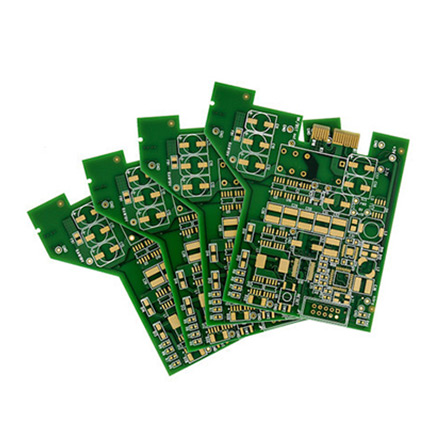

The Art of Decorative Glass Manufacturing
Decorative glass has long captivated the imagination of artisans and interior designers alike, transforming ordinary spaces into extraordinary realms of beauty and elegance
. The decorative glass manufacturing industry combines artistry with advanced technology, resulting in stunning pieces that serve both functional and aesthetic purposes.At the heart of decorative glass manufacturing is a blend of craftsmanship and innovation. Manufacturers often begin their process by selecting high-quality raw materials, primarily silica sand, soda ash, and limestone. The fusion of these materials at high temperatures creates molten glass, which serves as the foundation for a wide array of decorative items. Whether it's stained glass windows, intricate glass sculptures, or elegant tableware, each piece reflects the skill and creativity of the craftsmen involved in its creation.
One of the most notable aspects of decorative glass is its versatility. Glass can be molded, blown, cut, and etched into various forms and patterns. Stained glass, for instance, involves the application of colored glass pieces held together by lead came, creating vivid scenes and designs that can illuminate any architectural structure. This technique has roots in medieval times but continues to evolve, becoming a favored choice for modern homes and public buildings.

Another popular technique in decorative glass manufacturing is sandblasting, which allows for intricate designs to be etched onto the surface of the glass. This method not only enhances the aesthetic appeal of glass pieces but also adds a textured finish that can elevate the overall design. The use of color can also be incorporated through techniques like glass painting or the addition of colored frits before the glass is heated and formed.
In recent years, there has been a growing demand for sustainable and eco-friendly decorative glass. Many manufacturers have begun to incorporate recycled materials into their production process, significantly reducing their environmental footprint. This shift not only caters to a conscious consumer base but also aligns with global efforts to promote sustainability within the industry.
Furthermore, technology plays a crucial role in the evolution of decorative glass manufacturing. Advancements in digital printing and laser cutting allow for precise designs and unprecedented levels of customization. Customers can now request bespoke pieces that reflect their individual style, transforming their visions into tangible art.
As we move forward, the decorative glass manufacturing industry will likely continue to grow and adapt, blending traditional techniques with innovative solutions. From exquisite glass chandeliers to stunning glass art installations, the possibilities are endless. Whether used in residential or commercial settings, decorative glass serves as a testament to human creativity and the timeless elegance of this unique medium.